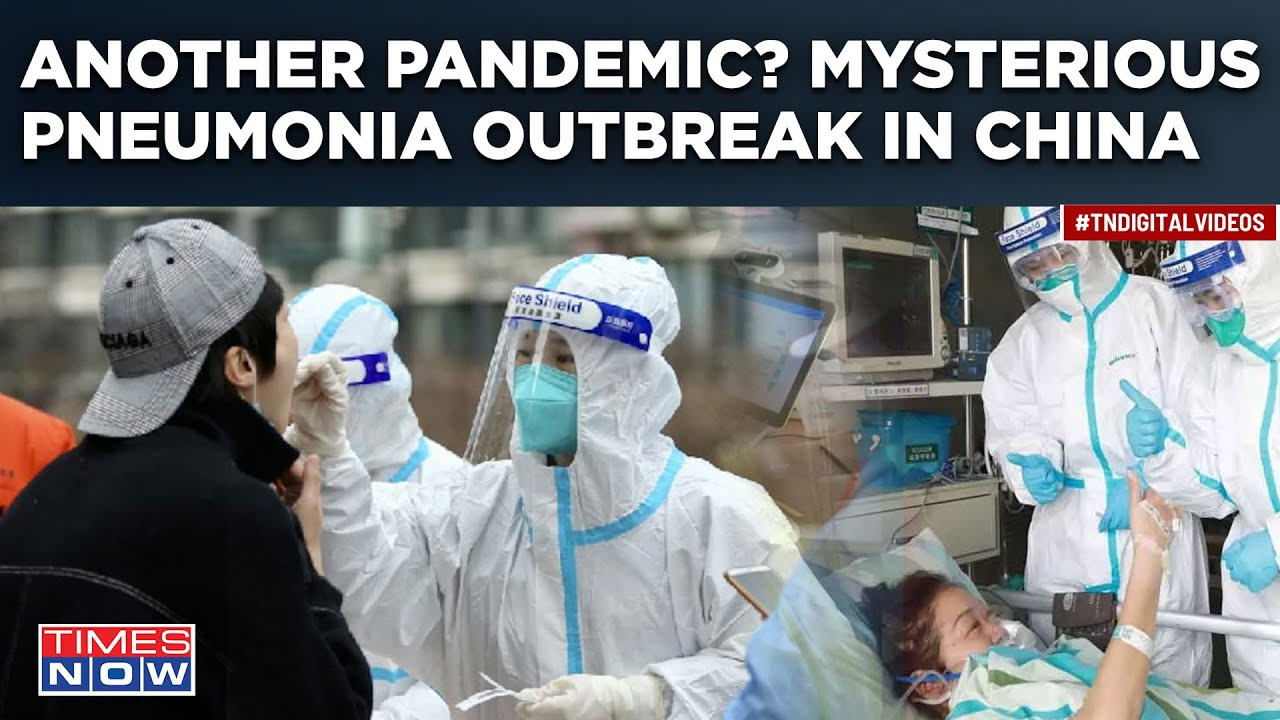





Copyright infringement not intended
Picture Courtesy: TIMES NOW
Context: The World Health Organization has urged the Chinese government to provide a detailed report on the outbreak of an undiagnosed respiratory illness in northern China.
Details
About Mycoplasma pneumoniae
How is Mycoplasma pneumoniae spread?
How is Mycoplasma pneumoniae diagnosed and treated?
How can Mycoplasma pneumoniae infection be prevented?
Conclusion
|
PRACTICE QUESTION Q. Amid a global pandemic, a public health agency implemented various measures to control the spread of the infectious disease. Which intervention is most likely to contribute significantly to pandemic control? 1. Mass vaccination campaigns 2. Closing international borders 3. Enforcing strict quarantine measures 4. Promoting public awareness through education How many of the above codes are correct? A) Only one B) Only two C) Only three D) All four Answer: D Explanation: Mass vaccination campaigns: This option involves vaccinating a large proportion of the population to achieve herd immunity. While vaccination is a crucial tool in controlling the spread of infectious diseases, its effectiveness can depend on factors such as the vaccine's efficacy, coverage rate, and the nature of the virus. Mass vaccination campaigns can be particularly impactful in preventing severe cases and reducing overall transmission. Closing international borders: Closing international borders can help limit the introduction of new cases from affected regions. However, it may not be a standalone solution as the virus could already be present within the country. The effectiveness of border closures depends on the stage of the pandemic, the ease of transmission, and the global interconnectedness of economies. Enforcing strict quarantine measures: Quarantine measures involve isolating individuals who are infected or suspected of being infected to prevent further transmission. This can be effective in controlling the spread of the virus, especially when combined with contact tracing. However, the success of quarantine measures depends on widespread compliance, efficient testing, and the ability to provide support to those affected. Promoting public awareness through education: Public awareness and education play a crucial role in encouraging individuals to adopt preventive measures, follow public health guidelines, and reduce risky behaviours. Informed communities are more likely to comply with recommended interventions such as mask-wearing, social distancing, and hygiene practices. Education can empower individuals to make informed decisions that contribute to pandemic control. |











© 2025 iasgyan. All right reserved